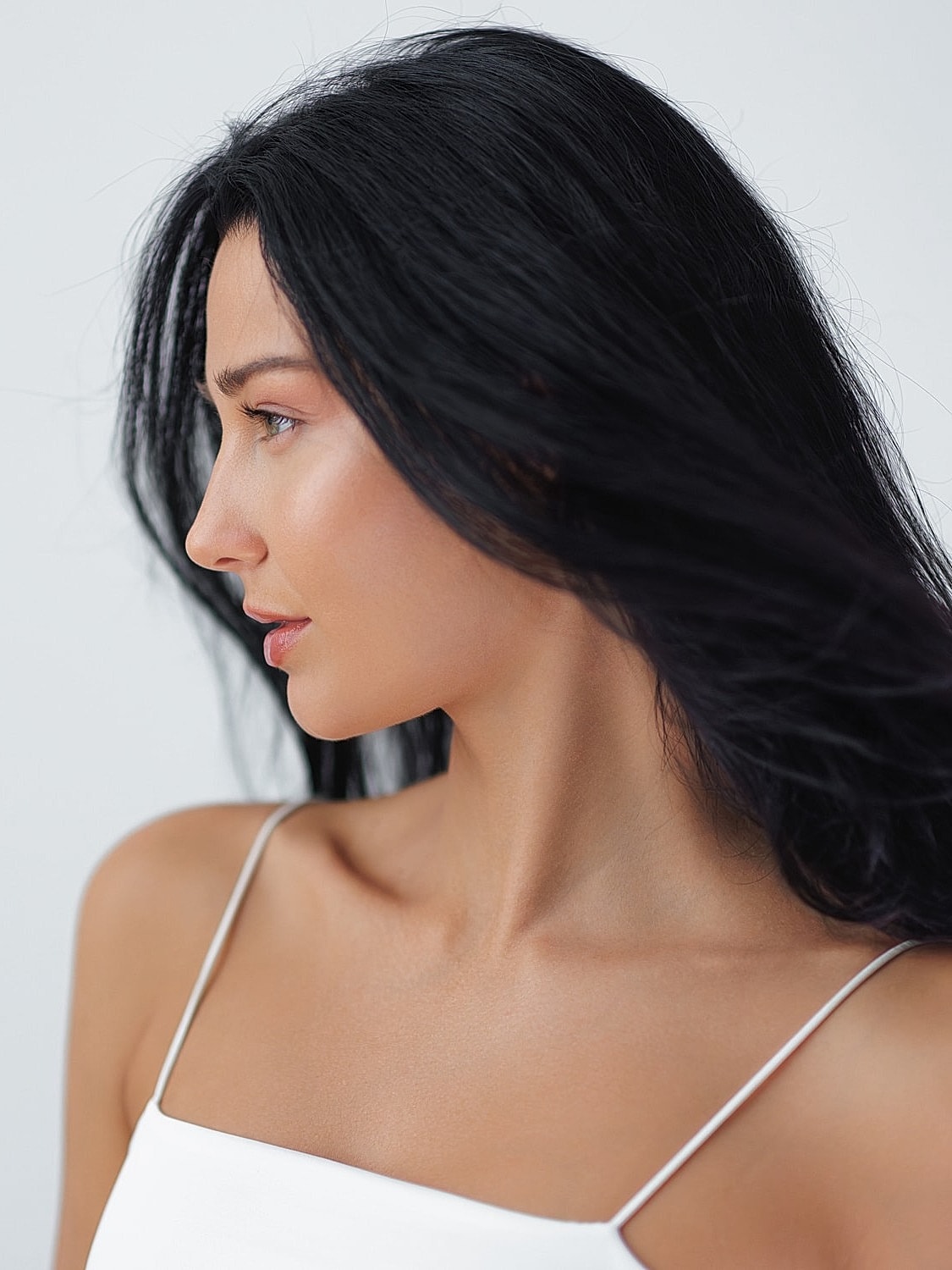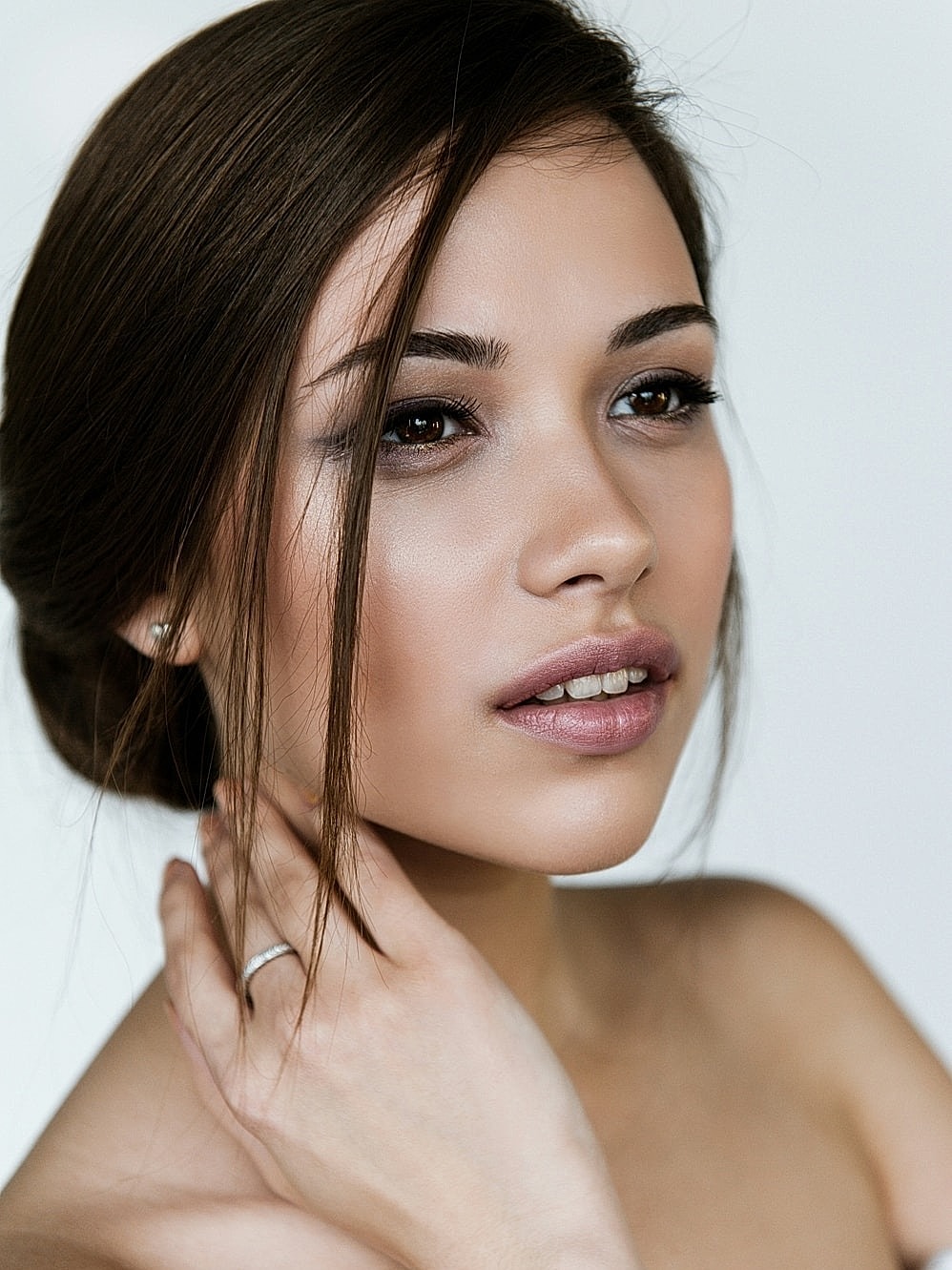



Choosing to undergo rhinoplasty is a deeply personal decision—one that can significantly enhance facial harmony and confidence. One of the most common questions I’m asked is: “Should I get open or closed rhinoplasty?”
Both techniques are effective, but they serve different purposes depending on your anatomy, goals, and whether this is your first surgery or a revision.
Benefits of Open Rhinoplasty
Is There a Scar?
Yes, but it is typically a fine, barely visible line once healed. Most patients find it nearly undetectable.
Who Is an Ideal Candidate?

Benefits of Closed Rhinoplasty
Who Is an Ideal Candidate?

Open Is Best When:
Closed Is Best When:
As a rhinoplasty specialist trained in both techniques, I choose the method that gives the most natural, harmonious, and stable result for your specific nose.


Open Rhinoplasty Recovery
Closed Rhinoplasty Recovery
Absolutely. Whether I use an open or closed approach, my priority is a natural-looking nose that respects your facial proportions and maintains long-term function.
The technique is simply a tool—your outcome depends far more on surgical precision, aesthetic vision, and careful planning.
During your consultation, I evaluate:
From there, I recommend the approach that will deliver the safest, most predictable, and most beautiful result—while keeping your individual anatomy in mind.
If you’re wondering which rhinoplasty approach is right for you, I would love to guide you through the process.
Book a consultation to explore a personalized plan tailored to your facial features and goals.
1 of 7